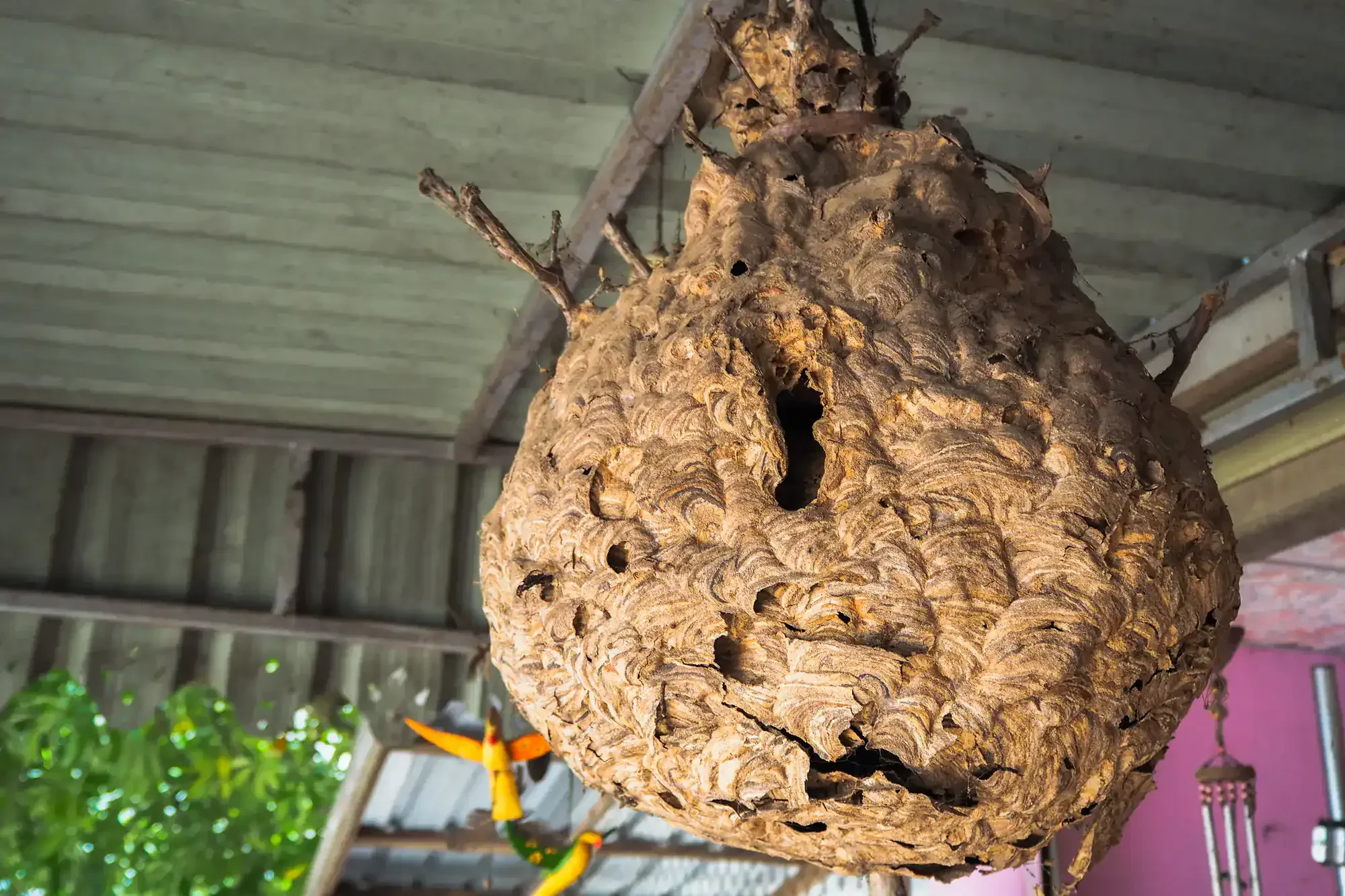
Hear from Our Customers
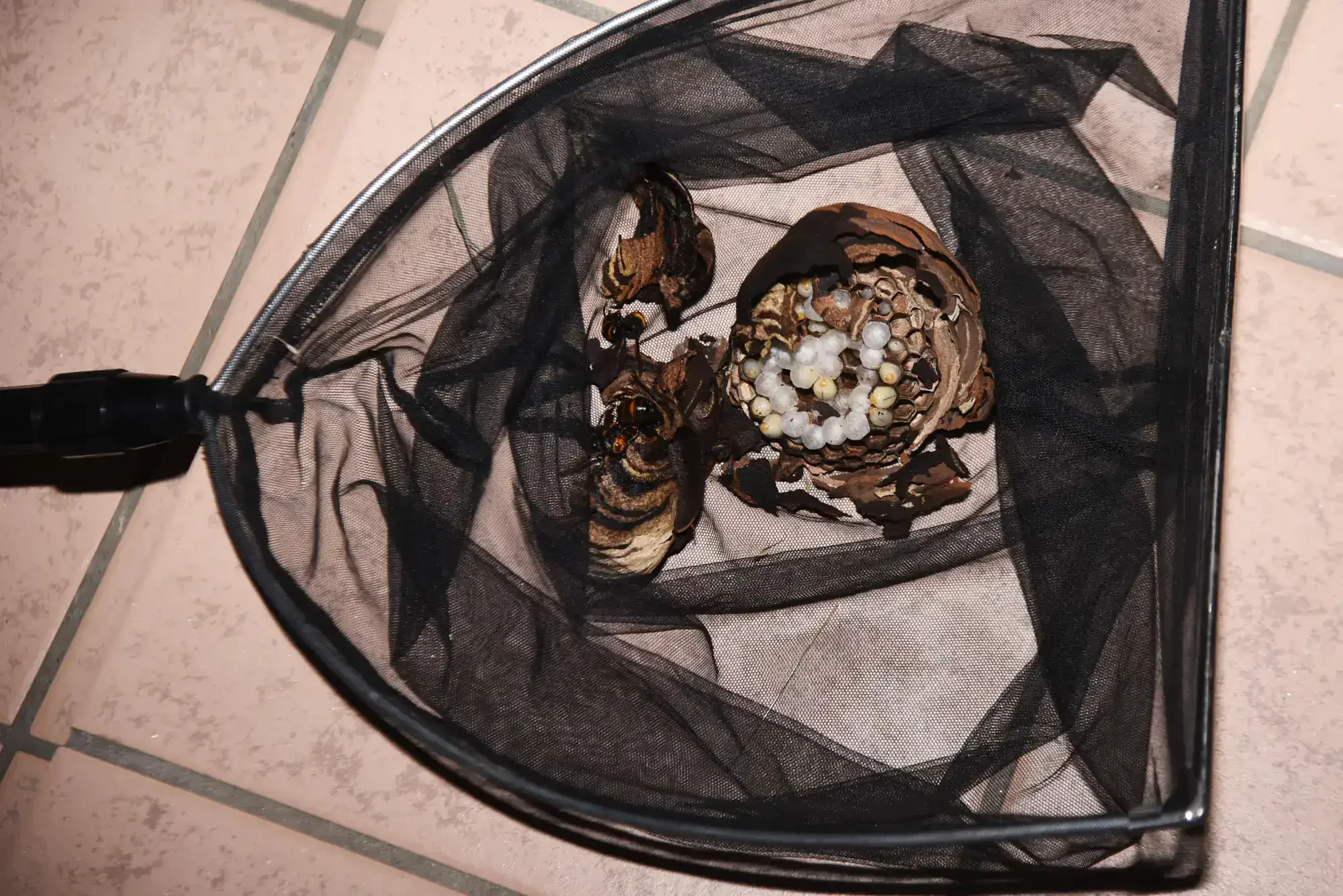
You get back to normal life without constantly watching over your shoulder for aggressive hornets. Your kids can play outside again without the fear of painful stings that send thousands of Michigan residents to hospitals each year.
No more rushing inside when you hear buzzing near your deck or avoiding entire sections of your yard. Professional hornet removal eliminates the immediate danger and treats surrounding areas to prevent colonies from rebuilding in the same location.
You sleep better knowing the nest is completely gone, not just temporarily disrupted by store-bought sprays that often make the situation worse by agitating the entire colony.
First Choice Pest Control has served Flushing since 2005, understanding exactly how Michigan’s seasonal patterns affect hornet behavior. Roger brings 26 years of hands-on experience to every job, and you work with the same technician year after year.
We’re not the company that sends different strangers to your door every visit or uses part-time college students for dangerous stinging insect removal. You get trained professionals who know your property and understand the specific challenges Genesee County residents face.
Local ownership means real accountability. When you call with an urgent hornet problem, you’re talking to people who can make immediate decisions and provide same-day service when safety is at risk.
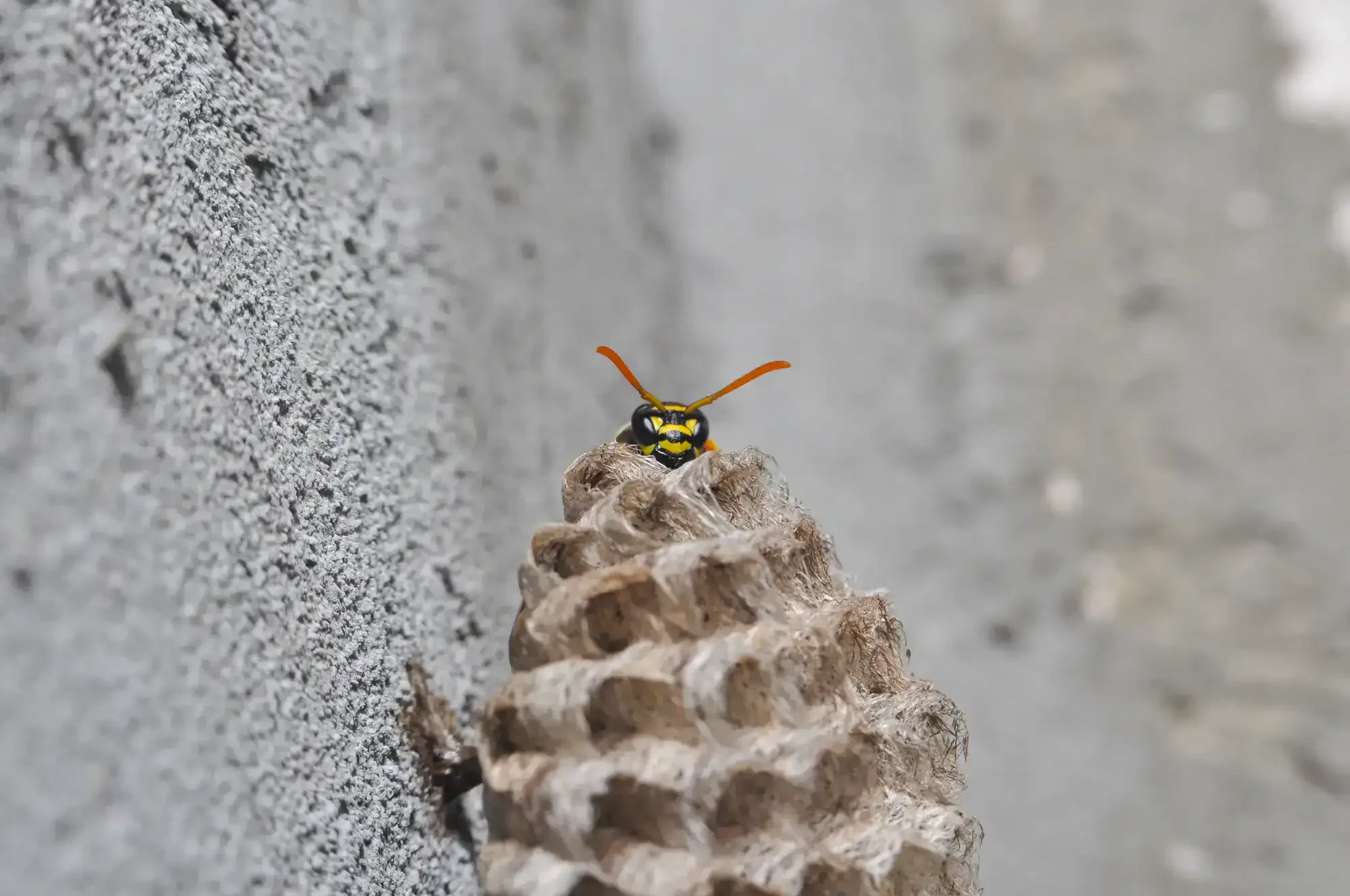
First, we locate all nesting sites on your property, including hidden colonies in wall voids, attics, or tree hollows that homeowners often miss. Our inspection identifies the hornet species because European hornets and bald-faced hornets require different treatment approaches.
We eliminate the entire colony using professional-grade treatments that reach deep into nest structures. Store-bought sprays only kill surface insects, leaving the queen and developing larvae to rebuild stronger populations.
Finally, we remove the complete nest structure and treat surrounding areas to prevent immediate reoccupation. Most hornet removal requires follow-up monitoring because surviving scouts may attempt to establish new colonies nearby.
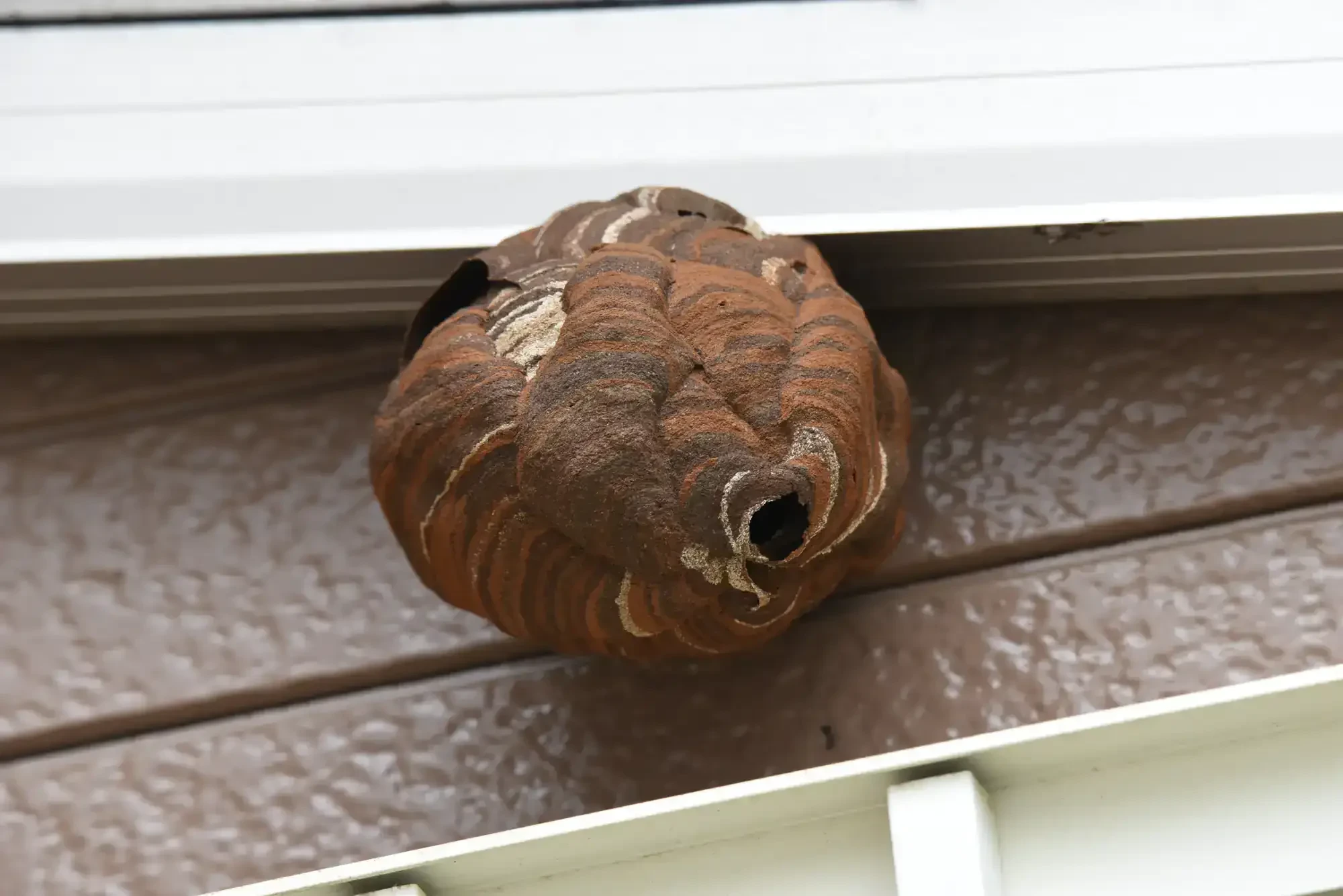
Ready to get started?
Every hornet removal includes thorough property inspection, targeted colony elimination, complete nest removal, and preventive area treatment. We don’t just spray and leave—you get comprehensive service that solves the problem permanently.
Flushing’s location in Genesee County puts properties at risk for both European hornets and aggressive bald-faced hornets. European hornets can build colonies with 400 workers by late summer, often nesting inside structures where they’re hardest to detect and most dangerous to encounter.
Emergency removal is available for nests discovered near doorways, play areas, or anywhere family members regularly spend time. Late summer nests are larger and more aggressive, but waiting isn’t an option when family safety is at risk.
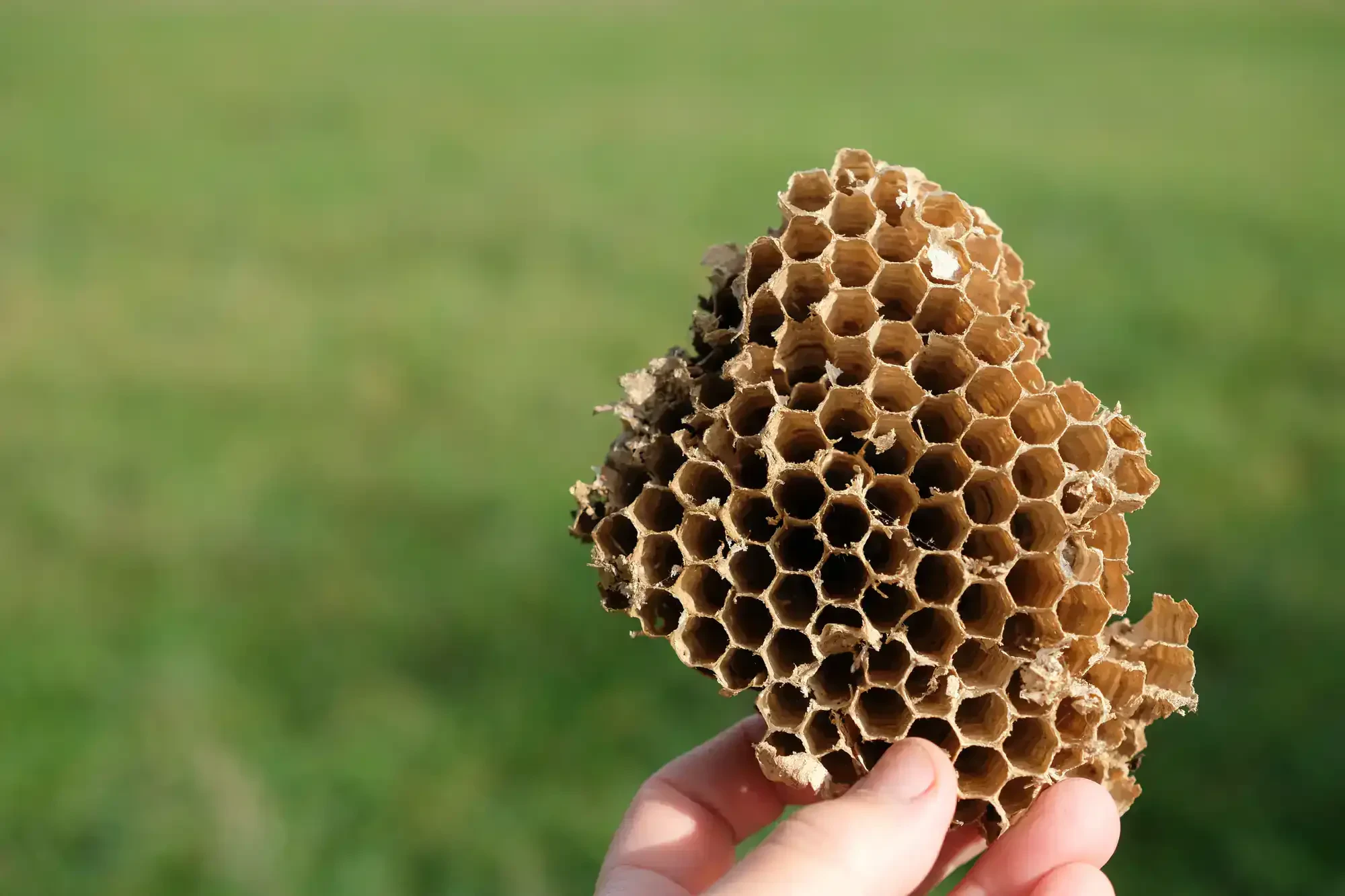
Professional hornet removal in Flushing typically ranges from $300-$700, depending on nest location, size, and accessibility. Ground-level nests cost less than those requiring specialized equipment to reach attics, wall voids, or high tree locations.
Our pricing includes complete nest elimination, not temporary reduction. We provide upfront quotes with no hidden fees, and every job comes with our warranty. Most homeowners find this investment worthwhile when they consider the medical costs of hornet stings and safety risks to family members.
Emergency removal for immediate threats may cost slightly more due to rapid response requirements, but protecting your family from dangerous stings is always our priority.
Early spring offers the best results for hornet control because colonies are smaller and less aggressive. However, don’t wait for ideal timing if you discover active nests—they pose immediate danger that increases as colonies grow throughout the season.
Michigan hornet colonies reach peak size in late summer, with some housing up to 400 aggressive workers. August is particularly dangerous because hornets become highly protective of their nests as they prepare new queens for next year’s colonies.
We provide removal year-round for safety reasons. Even late-season nests require professional elimination because disturbing them without proper equipment and training can trigger mass attacks from hundreds of defensive hornets.
Absolutely. Michigan sees thousands of hospitalizations annually from wasp and hornet stings. Unlike bees, hornets can sting multiple times and release more venom per sting than any other stinging insect, causing severe pain, swelling, and potentially life-threatening allergic reactions.
Hornets become extremely aggressive when they sense threats to their nest. A single disturbance can trigger coordinated attacks from the entire colony, with hornets pursuing perceived threats for considerable distances. DIY removal attempts often make situations more dangerous by agitating hundreds of defensive insects.
Professional removal eliminates these risks through proper equipment, timing, and techniques that ensure complete colony elimination without endangering your family or neighbors.
We prioritize emergency hornet removal and typically provide same-day or next-day service for nests that threaten immediate safety. Most emergency calls involve nests discovered near doorways, decks, or children’s play areas where encounters are likely to occur.
Our technicians carry specialized equipment for treating both aerial nests and ground-dwelling colonies safely. We understand that hornet emergencies can’t wait, especially when children or pets are at risk of encountering aggressive insects.
Emergency response includes complete nest elimination and monitoring for remaining activity. We don’t just spray and leave—we ensure the immediate threat is completely resolved before considering the job finished.
Hornets don’t reuse old nests, but they may attempt to build new colonies in similar locations if the area remains attractive. That’s why our service includes treating surrounding areas and sealing potential entry points to prevent reestablishment.
Our removal process eliminates the entire colony, including the queen and developing larvae that could rebuild populations. We also provide property recommendations for reducing conditions that attract hornets, such as food sources and sheltered nesting sites.
Every hornet removal comes with our warranty. If you see new activity in the treated area during the service period, we return at no charge to address the problem. This isn’t a complicated warranty with fine-print exceptions—it’s straightforward protection for our customers.
Yes, we handle all hornet species common to Michigan, including European hornets and bald-faced hornets. Each species requires different treatment approaches because of their nesting habits and behavioral patterns.
European hornets are Michigan’s only true hornets and often nest inside structures like wall voids or attics, making them particularly dangerous when disturbed. Bald-faced hornets build large, papery aerial nests and are extremely aggressive when defending their colonies.
Our technicians identify the specific species during inspection to determine the safest and most effective removal method. This expertise comes from 26 years of experience handling Michigan’s stinging insect problems, not generic training that treats all hornets the same way.